This reel, “Gravel Walks” or “The Gravel Walks,” is also called “The Gravelled Walks to Granny,” and “Jenny Tie your Bonnet.” In Vallely’s Fiddler’s Companion Caoimhin Mac Aoidh writes that Granny (or sometimes Grainne or Cranny) is a secluded and unpopulated glen between Ardara (pronounces Ar-DRA) and Glencolmcille (pronounced Glen-CULLIM-kill) in southwest co. Donegal. People from the nearby villages of Ardara, Kilcar, and Glen would bring their sheep to Granny for the summer and come back for them in autumn. To get there they’d have to walk and climb up several gravel paths. It was not smooth going. The tune, perhaps, mimics route.
The title “Jenny Tie your Bonnet” appears to have originally been a Scottish tune called “Janet Tyed the Bonnet Tight” as printed in The Piper’s Assistant (1877). Two brothers, fiddlers from Donegal, tell the tale of a man who had only two tunes in his repertoire. However, upon meeting some of the wee folk, they imparted to him many, many more tunes, vastly increasing his repertoire — which is not an unknown benefit of meeting favorable folk of their kind in Ireland — this being one of the tunes. So if you are having trouble with this one, you know where to go . . . and who to blame.
In the KC area we play this Ador|C tune with the structure AABBCCDD. Apparently, in Donegal, where the tune is a favorite, it is often played as ABCCDD. In the key of Ador (which means the tune has all the same notes as the key of G), the first three parts of the tune can be simply backed with Am and G chords (and an occasional Em), while the fourth part has a nice uplifting change, starting on a C major chord. There are many more possibilities, of course.
For the ABC click Gravel Walks
Gravel Walks
Gravel Walks
Gravel Walks, the dots
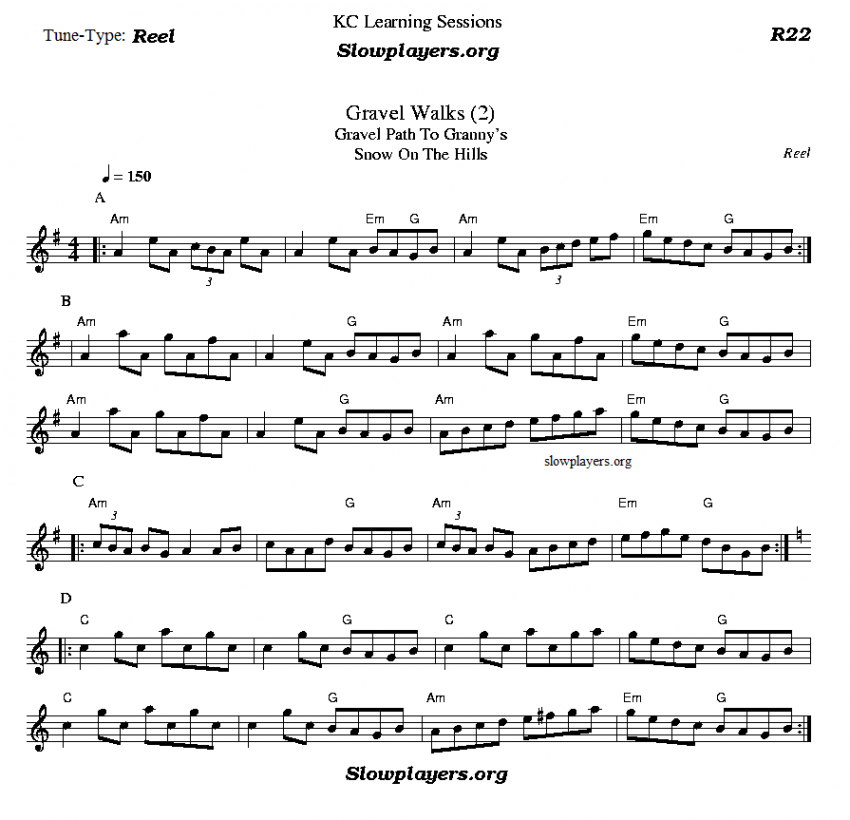
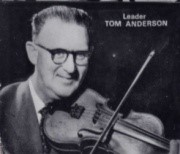
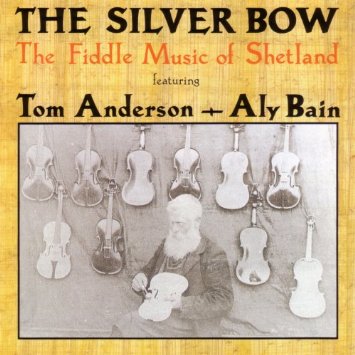
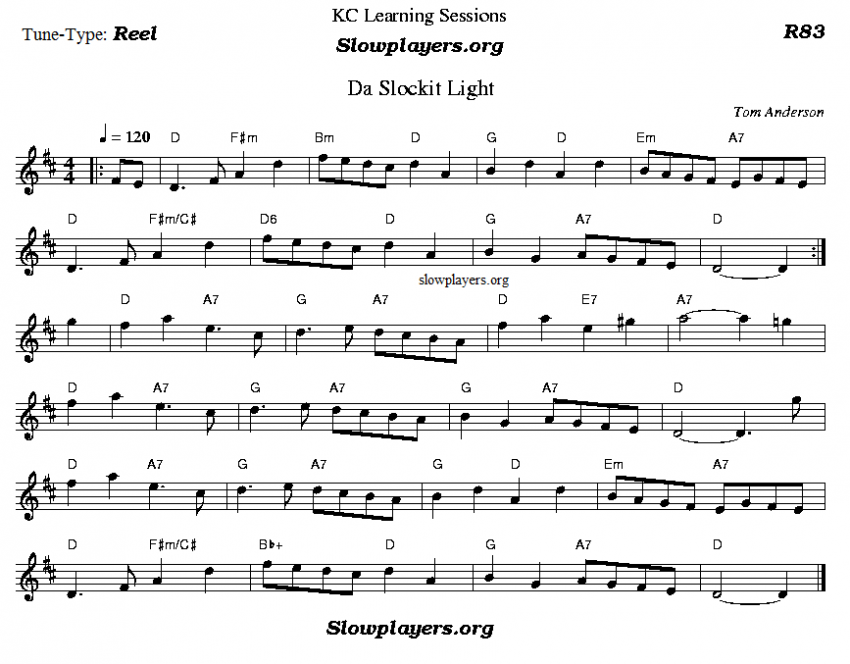
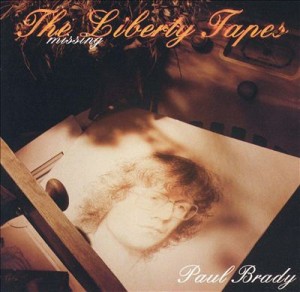
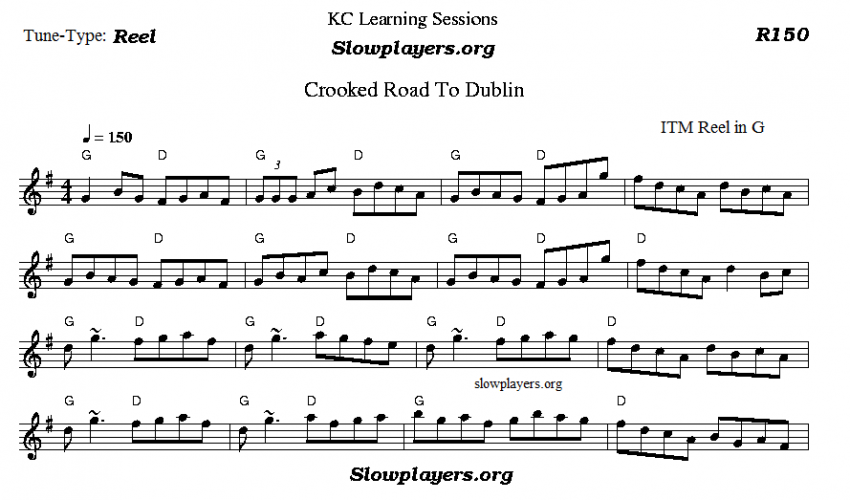

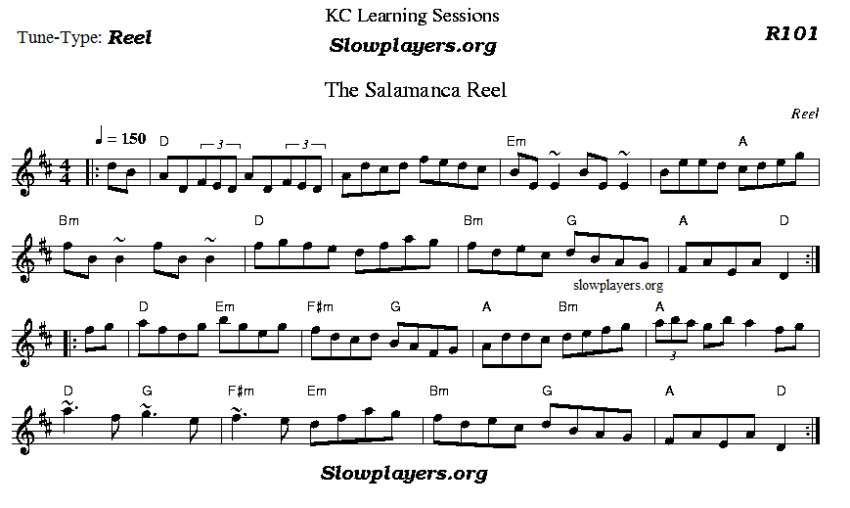
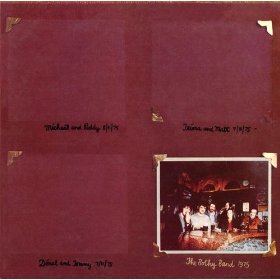
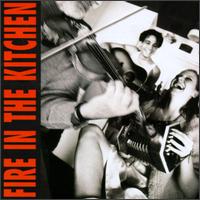
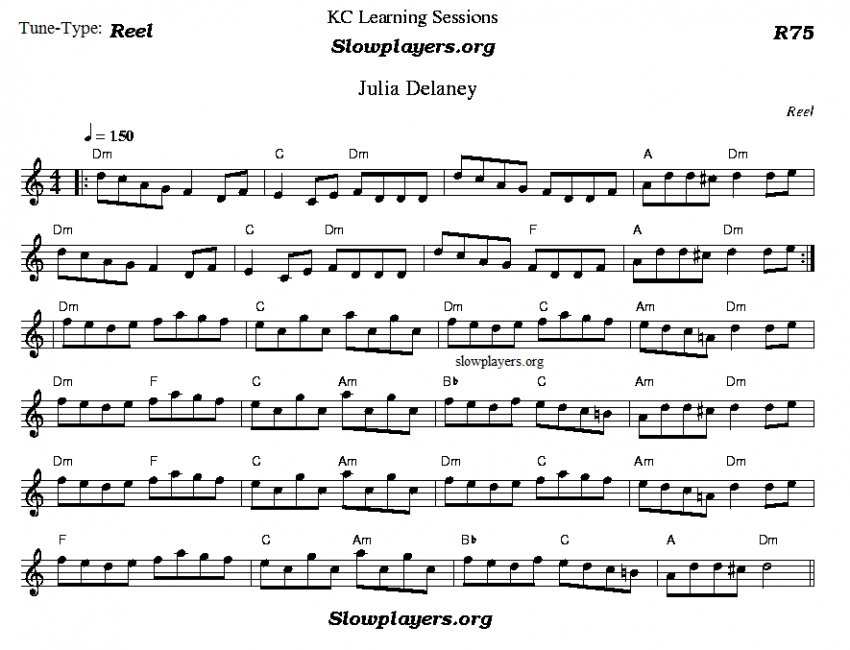
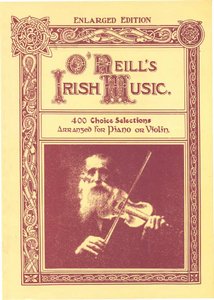
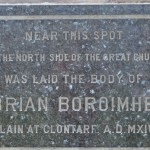
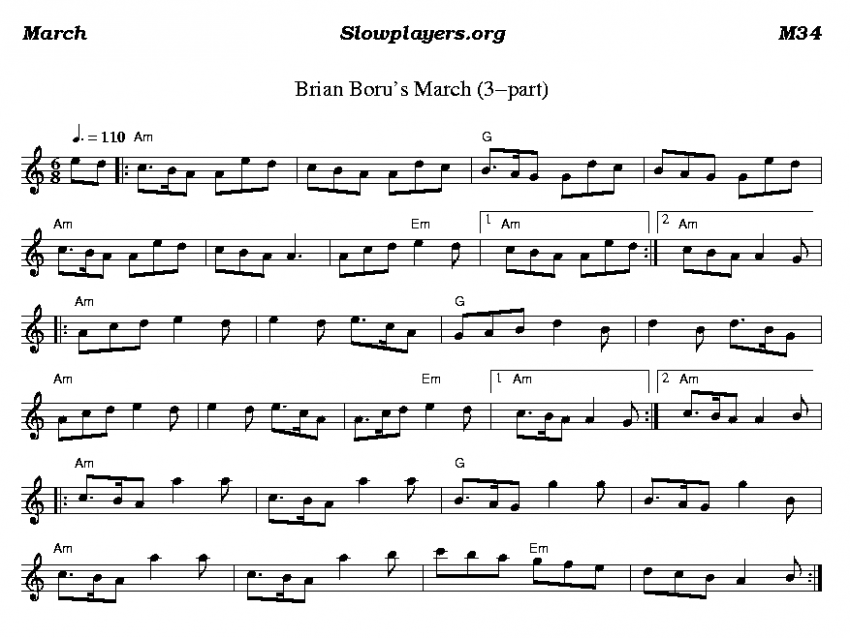
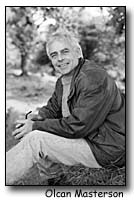
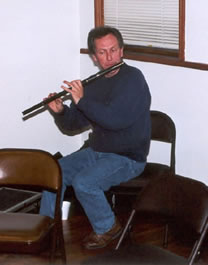
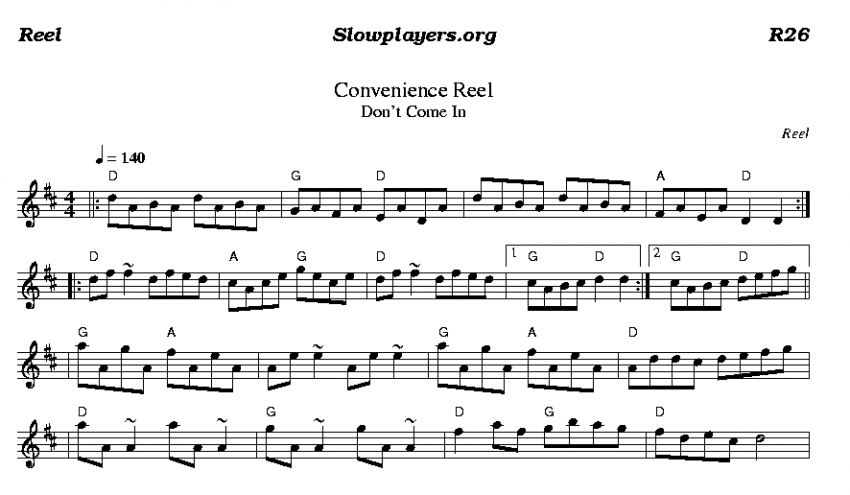
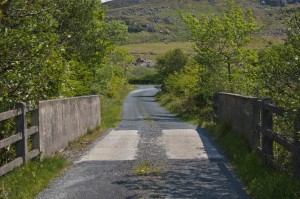
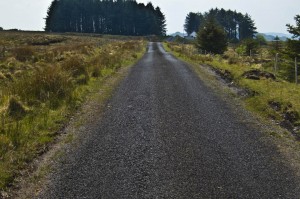
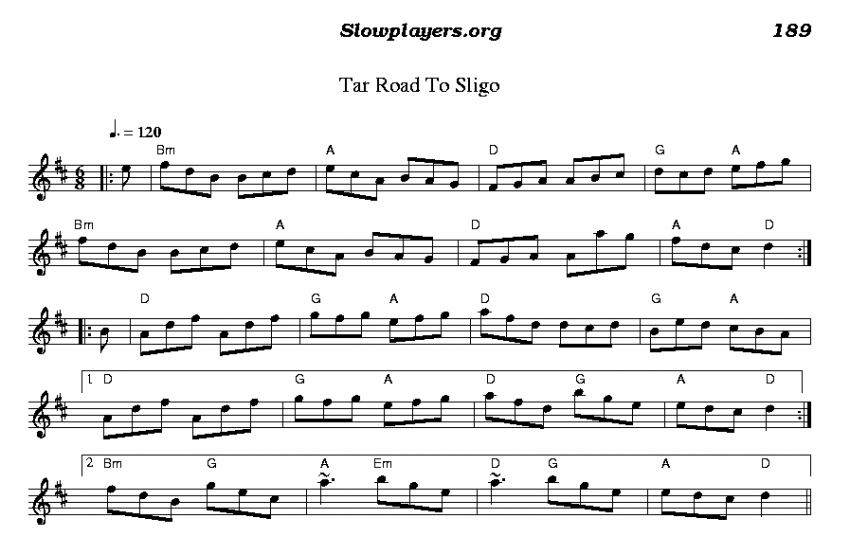
Concertina Reel (D)
The well-known “Concertina Reel” is from at least the late nineteenth century. This very tune is sometimes called “The Old Concertina Reel” and sometimes called “The New Concertina Reel.” Now, though the reasons are obscure, mostly having to do with confusions between this and a few other reels, the “Old Concertina Reel” seems most apt, as calling this tune “The New . . .” requires taking up a socially and historically unavailable perspective, even for those who were addicted to “The Victorian Farm,” “The 1900s House,” “The Victorian Pharmacy,” “The Edwardian Farm,” “The Edwardian Country House” or “Manor House,” “The Colony” (New South Wales version), “Colonial House,” “Frontier House,” or even “All Creatures Great and Small.”
Willie Clancey
Our tune, whether you call it “old” or “new,” was played by the piper Willie Clancy, who learned it from his concertina-playing mother, Ellen Killeen of Enistymon, and it is in the tune book The Dance Music of Willie Clancy (Cork, 1976) by Pat Mitchell. Willie Clancy’s father Gilbert (Islandbawn, near Milton Malbay) also played concertina in addition to his primary instrument, the flute.
It is tune #275 in Breandán Breathnach’s Ceol Rince na hÉireann, no. 2 (1976), #43 in Dave Mallinson’s 100 Essential Irish Session Tunes (2001), and in Phil Rubenzer’s Midwestern Irish Session Tunes (2000).
For the ABC click Concertina Reel
Concertina Reel,
Concertina Reel,
Concertina Reel, the dots
Concertina Reel, Reel in D